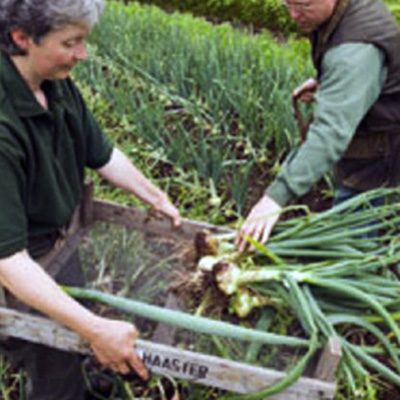2015

JUSTIN KEGLEY
View From Above: Capturing Capability Brown’s Masterpieces
Justin Kegley was named the Foundation’s Horan Fellow for 2015. Justin used cutting-edge drone photography to document Lancelot “Capability” Brown landscapes protected by the National Trust. The footage will ultimately be used in conjunction with the 300th anniversary celebration of Brown’s birth in 2016. While Justin is still working on his final video project, he sampled a behind-the-scenes preview that shows off the rare vantage point he gained in filming Capability Brown’s timeless landscapes from above.
Capability Brown is legendary for his work on the English countryside, creating breathtaking scenery at places such as Croome Court, Stowe and more. Justin’s work will enrich the National Trust’s understanding and celebration of these special places by capturing their majesty from new perspectives.
Justin is not only an experienced filmmaker, but has also worked as a landscaper; and these overlapping areas of expertise have informed his fellowship engagement. “Both disciplines have helped me to think in terms of three-dimensional space being reduced to two-dimensional images:How do I convey that sense of three-dimensional space in a two-dimensional visual medium? That is the current challenge of this video project.”
Justin is tackling this challenge with enthusiasm and is grateful for the support of Royal Oak members. “Only a few months ago, I never would have anticipated such an opportunity for cultural exchange and technological creativity. Thank you, thank you, thank you for your interest and support!”



